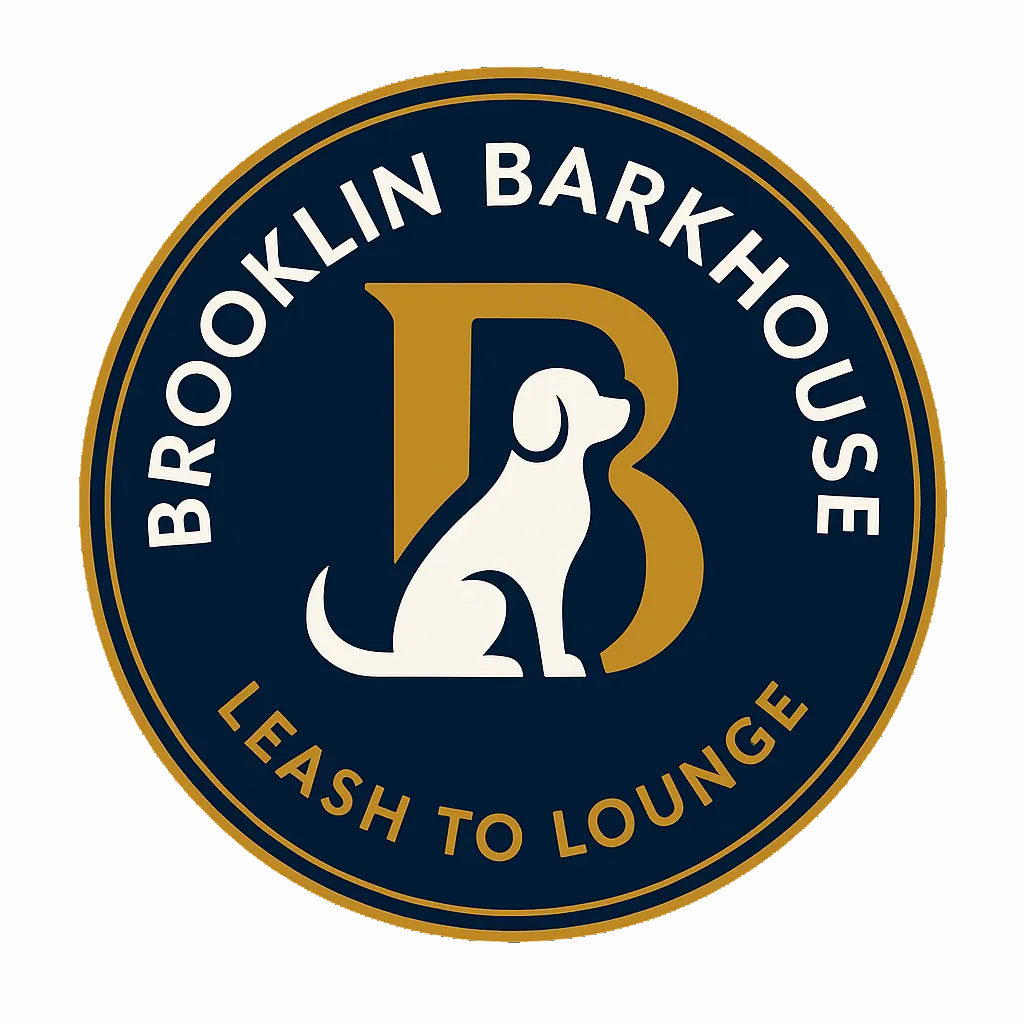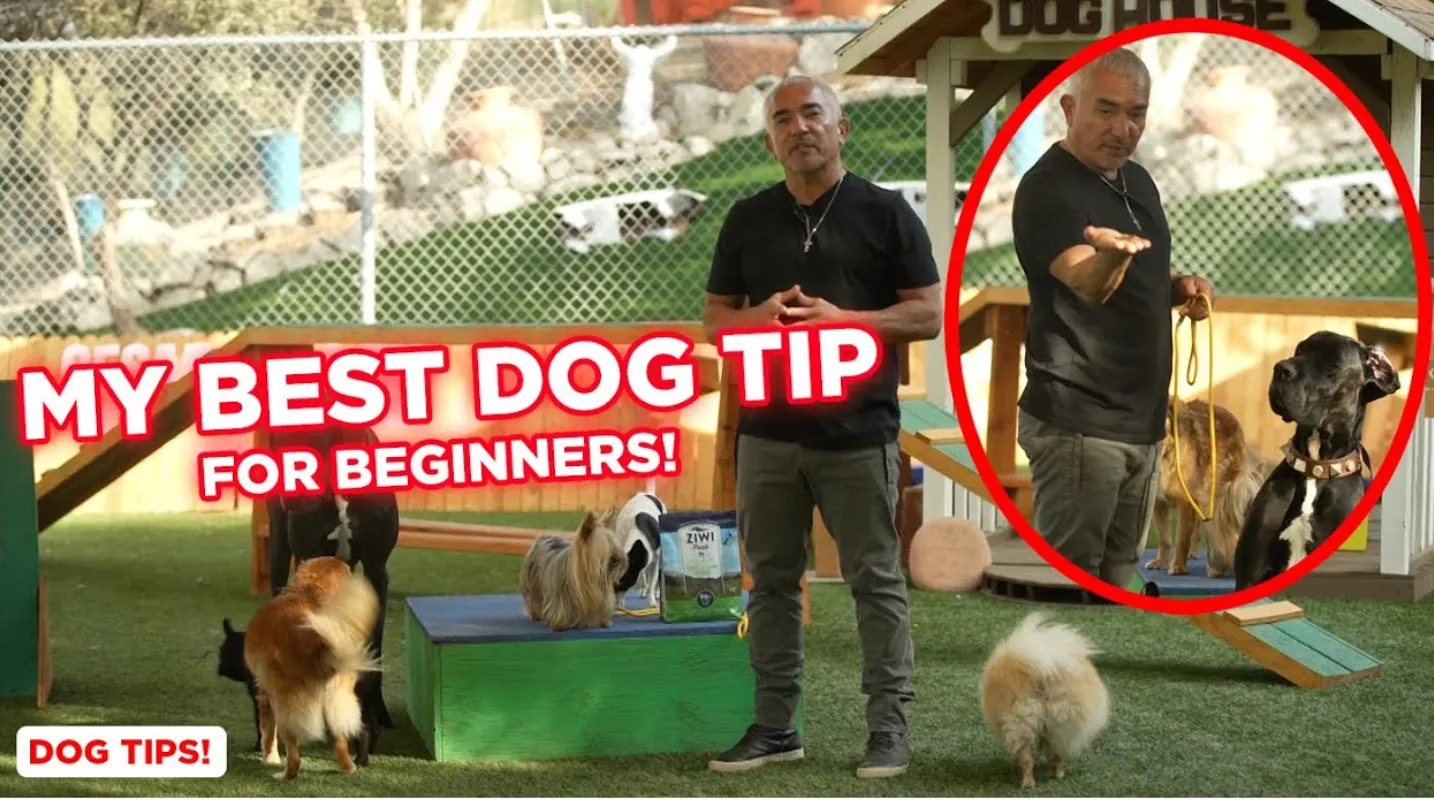Dog Walking & Crate Training: 🐶
Everything You Need to Know for a Happy Puppy
Welcome to your ultimate guide on dog walking and crate training, inspired by the expert insights from dog training experts. If you’re a new puppy owner, you know how important it is to build healthy habits early on, especially when it comes to dog walking and crate training. These foundational skills not only ensure your puppy’s safety and well-being but also set the stage for a lifetime of good behaviour and strong bonds.
Crate training is often misunderstood or misapplied, leading to frustration for both you and your puppy. But done correctly, it can be a powerful tool to help your dog feel secure, reduce anxiety, and even improve their behaviour during dog walking and other daily activities. In this comprehensive article, we’ll walk you through everything you need to know about crate training, including key techniques, common pitfalls, and how it all ties into your puppy’s overall training, especially dog walking.
By the end of this guide, you’ll have a clear, step-by-step plan to make crate training easy, stress-free, and rewarding—for both you and your puppy. Let’s dive in!
Understanding the Importance of Crate Training for Dog Walking Success 🐾
Crate training is more than just teaching your puppy to stay in a confined space. It’s about creating a safe haven, a place that your puppy can call their own. This sense of security is crucial not only when they’re home alone but also when you’re out and about on dog walks.
Why does crate training matter for dog walking? When your puppy feels secure and calm in their crate, it reflects on their overall confidence and behaviour. Puppies that are comfortable with their crate tend to be less anxious, which makes leash training and outdoor adventures much more enjoyable. On the other hand, a puppy who struggles with crate anxiety may carry that stress into dog walking, leading to pulling, barking, or other unwanted behaviours.
In essence, crate training lays the groundwork for a well-adjusted puppy who can handle the ups and downs of dog walking with ease. It’s a foundational skill that supports many other aspects of puppy training.
Common Crate Training Mistakes to Avoid 🚫
One of the biggest hurdles for new puppy owners is knowing how to crate train effectively without causing distress. Let’s address some of the most common mistakes that can hinder progress or even harm your puppy’s trust in their crate.
- Using the crate as punishment: Your puppy’s crate should never be a place of fear or punishment. If you use it to isolate your puppy when they’ve done something wrong, they will associate the crate with negative experiences.
- Forcing your puppy into the crate: Coercion creates resistance. Instead, encourage your puppy to enter the crate voluntarily using treats and positive reinforcement.
- Leaving your puppy in the crate for too long: Puppies have limited bladder control and need frequent breaks. Overuse of the crate can lead to frustration and anxiety.
- Ignoring whining or barking: While it’s important not to reward attention-seeking behaviour, completely ignoring distress signals without addressing the root cause can worsen anxiety.
- Poor crate placement: Putting the crate in a noisy or isolated area can make your puppy feel lonely or scared. The crate should be in a comfortable, social part of your home.
Avoiding these mistakes will help you build a positive relationship between your puppy and their crate, making dog walking and other training activities smoother.
Setting Up the Perfect Crate Environment for Your Puppy 🏡
Your puppy’s crate should be inviting, comfortable, and strategically placed. Here’s how to create the ideal crate setup:
- Choose the right size crate: The crate should be large enough for your puppy to stand, turn around, and lie down comfortably, but not so large that they have space to use one corner as a bathroom.
- Make it cozy: Add a soft bed or blanket inside the crate to create a warm, inviting space.
- Location matters: Place the crate in a quiet, low-traffic area where your puppy can feel part of the family but not overwhelmed by noise or activity.
- Add toys and treats: Safe chew toys and occasional treats inside the crate can encourage your puppy to enter willingly.
By thoughtfully setting up the crate, you’re sending a clear message that this is a safe and enjoyable space, which is essential for successful crate training and, by extension, better behaviour on dog walks.
Building Positive Associations with the Crate 🎉
Positive reinforcement is the cornerstone of effective crate training. Your goal is to make your puppy love their crate by associating it with good things. Here’s how to do it:
- Start with short sessions: Encourage your puppy to enter the crate voluntarily by tossing in treats or toys. Let them explore at their own pace.
- Feed meals in the crate: Feeding your puppy inside the crate helps create a strong positive connection.
- Use a cue word: Choose a simple word like “crate” or “bed” to signal when it’s time to enter. Pair the word with treats and praise.
- Gradually increase crate time: Slowly extend the time your puppy spends in the crate, starting with a few minutes and working up to longer periods.
- Stay nearby initially: Sit near the crate during training sessions to reassure your puppy.
Consistent positive experiences will help your puppy view the crate as a happy and safe place, reducing anxiety that can spill over into dog walking and other activities.
How to Prevent and Manage Crate Anxiety 😟
Crate anxiety is a common challenge but can be overcome with patience and the right techniques. Here’s what you need to know:
- Recognize the signs: Whining, barking, scratching, or trying to escape are all indicators of crate anxiety.
- Don’t rush: If your puppy is anxious, slow down the training process and go back to shorter, positive sessions.
- Exercise before crating: A tired puppy is more likely to settle calmly in their crate.
- Use calming aids: Consider using pheromone sprays, calming music, or a special toy to soothe your puppy.
- Never use the crate to isolate during anxiety: Instead, create a calm environment and gradually build positive crate time.
Managing crate anxiety effectively will help your puppy stay calm and happy, which directly supports better behavior during dog walking and being left alone at home.
Where to Place Your Puppy’s Crate for Best Results 🏠
Where you put your puppy’s crate can make a huge difference in their comfort and success with crate training. Here are some placement tips:
- Keep it central: Place the crate in a room where the family spends a lot of time, so your puppy doesn’t feel isolated.
- Avoid high-traffic areas: While being near the family is good, avoid spots where there’s constant noise or foot traffic that could overwhelm your puppy.
- Consider nighttime placement: Many owners find it helpful to keep the crate in the bedroom at night to ease separation anxiety.
- Adjust as needed: If your puppy seems uncomfortable, try moving the crate to a quieter or more social spot.
Proper crate placement helps your puppy feel secure and connected, which translates to calmer behaviour when you head out for dog walking or leave them alone.
How to Stop Barking, Whining, and Crate Anxiety 🗣️
Persistent barking or whining in the crate can be frustrating, but it’s important to understand what your puppy is trying to communicate. Here’s how to address these behaviours:
- Rule out needs: Make sure your puppy isn’t barking because they need to go outside, are hungry, or need attention.
- Ignore attention-seeking noise: If your puppy is simply trying to get out for attention, don’t respond immediately, or you might reinforce the behaviour.
- Use gradual desensitization: Practice leaving your puppy in the crate for short periods and slowly increase the time.
- Reward quiet behaviour: When your puppy is calm and quiet in the crate, reward them with praise and treats.
- Exercise patience: Barking and whining can take time to resolve. Stay consistent and calm.
By addressing the root causes and reinforcing calm behaviour, you’ll help your puppy settle happily in their crate and enjoy peaceful dog walking outings with yourself or Brooklin Barkhouse.
How to Leave Your Puppy Home Alone Without Stress 🏡
One of the biggest concerns for puppy owners is separation anxiety. Crate training can be a key tool in helping your puppy feel secure when you’re not home. Here’s how to prepare your puppy for alone time:
- Start small: Leave your puppy in the crate for very short periods while you’re still at home, gradually increasing the duration.
- Practice departures: Simulate leaving by walking out the door and returning quickly, so your puppy gets used to the routine.
- Keep departures low-key: Avoid dramatic goodbyes or greetings to reduce stress.
- Provide distractions: Leave safe chew toys or puzzle feeders in the crate to keep your puppy engaged.
- Use calming techniques: Consider calming music or pheromone diffusers to ease anxiety.
With consistent practice, your puppy will learn to enjoy their crate and feel comfortable being alone, which also supports better focus and behaviour during dog walking sessions.
Expert Tips for Making Crate Training Faster and Easier ⚡
To speed up the crate training process and make it more enjoyable for both you and your puppy, keep these expert tips in mind:
- Be patient and consistent: Training takes time. Stick to a schedule and stay positive.
- Use high-value treats: Reward your puppy with their favourite treats to encourage crate entry.
- Keep training sessions short: Puppies have short attention spans, so multiple brief sessions work better than long ones.
- Combine crate time with play and exercise: A well-exercised puppy is more likely to relax in their crate.
- Celebrate small wins: Each step forward is progress. Praise and reward often.
Following these tips will help you create a positive, efficient crate training experience that sets your puppy up for success in all areas, including dog walking.
Integrating Crate Training with Brooklin Barkhouse Dog Walking for a Balanced Routine 🚶♂️
Dog walking is a vital part of your puppy’s physical and mental health. When combined with effective crate training, it creates a balanced routine that benefits your puppy’s overall development. Here’s how to link the two:
- Exercise before crate time: A good walk before crating helps your puppy burn off energy and settle more easily.
- Use crate time for rest: After active play or walking, crate time allows your puppy to recharge.
- Train leash manners alongside crate training: Calm crate time builds focus and patience, skills that translate into better leash walking.
- Manage transitions: Smoothly transition from crate to walking to avoid overstimulation or stress.
- Maintain consistency: Consistent routines around crate time and walks help your puppy understand expectations.
By thoughtfully integrating crate training with dog walking, you create a harmonious daily schedule that supports your puppy’s well-being and behaviour.
Brooklin Barkhouse Frequently Asked Questions (FAQ) ❓
Q: How long should my puppy stay in the crate?
A: For young puppies, limit crate time to no more than one hour per month of age, up to about 3-4 hours maximum. Always provide plenty of bathroom breaks and exercise outside the crate.
Q: My puppy cries in the crate at night. What should I do?
A: It’s normal for puppies to cry when they’re first getting used to the crate. Make sure their needs are met (bathroom, food, comfort) and try placing the crate near your bedroom to offer reassurance. Avoid letting crying turn into a habit by not giving attention every time, but do respond if your puppy needs to go out.
Q: Can I use a crate for a dog that is already anxious?
A: Yes, but start very slowly with short, positive sessions. Pair the crate with treats, toys, and calm praise. Avoid forcing your dog in or using the crate as punishment.
Q: How do I stop my puppy from barking in the crate?
A: Determine the cause—whether it’s boredom, anxiety, or needing a break. Use gradual desensitization, reward quiet behaviour, and ensure your puppy gets enough exercise and mental stimulation.
Q: Is crate training necessary for all puppies?
A: While not mandatory, crate training is highly recommended as it promotes safety, security, and better behaviour, especially during dog walking and when your puppy is left alone.
Q: How does crate training affect dog walking?
A: Crate training helps your puppy learn self-control and reduces anxiety, which makes dog walking more enjoyable and manageable. A calm puppy in the crate is more likely to be calm on the leash.
Conclusion: Building a Happy, Healthy Puppy Through Crate Training and Brooklin Barkhouse Dog Walking 🐕
Crate training and dog walking are two pillars of successful puppy ownership. When done right, crate training provides your puppy with a safe, comfortable space that reduces anxiety and builds confidence. This foundation makes dog walking and other training easier and more enjoyable.
Remember to avoid common mistakes, set up a welcoming crate environment, and build positive associations through patience and consistency. Manage crate anxiety thoughtfully and place the crate strategically to keep your puppy connected to the family. Use expert tips to accelerate progress and integrate crate time with regular dog walking for a balanced routine.
With dedication and love, you’ll raise a well-adjusted puppy who thrives both at home and out on the walk. Happy training and happy walking!




